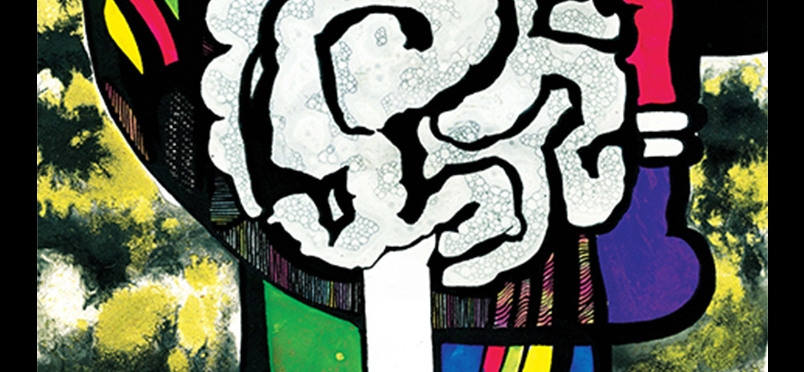| pediatrics
Head Impact From Youth Football, Ages 9 to 12 Years

Study Seeks to Better Inform Coaches about Structuring of Games and Practice Drills
Researchers from the Department of Biomedical Engineering and Mechanics at Virginia Tech are seeking a greater understanding of the circumstances under which younger football players may sustain high-impact head trauma. There is mounting awareness and concern that exposure to repeated head impacts in football can result in brain and neurocognitive changes even in the absence of evidence of concussion. The goal of the investigation has been to assist coaches and officials in structuring both practice drills and game play to reduce the risk of head impact in younger players. High-magnitude impact was found to be more common among players in “back” positions, eg, quarterback, linebacker, and running back, and was positively associated with the amount of playing time the subject engaged in. Although high-rate impacts occurred at greater frequency during games than in practices, the authors noted that practice drills occur more often, affording more opportunity for head impact. The findings are published online this week ahead of print in the Journal of Neurosurgery: Pediatrics.
The study examined head impact exposures among 45 players aged 9 to 12 years across 14 games and 55 practice drills. Subjects wore helmets equipped with accelerometer arrays that recorded each incident of head impact measuring 14.4g or greater. These incidents, 8% of which were classified as high-impact, were sorted by player position, location on the field, cause of impact, and whether the setting was game or practice. Senior author Steven Rowson, PhD, summarized, “These studies are important because they allow you to make data-driven decisions when structuring changes to practice in football to reduce exposure to head impact. Purposeful reduction of exposure means less opportunity for concussion and a reduction in any potential consequences of cumulative exposure.”
Read a news story about the findings.
The journal article may be read here.
Other Categories:
Did you enjoy this article?
Subscribe to the PAINWeek Newsletter
and get our latest articles and more direct to your inbox